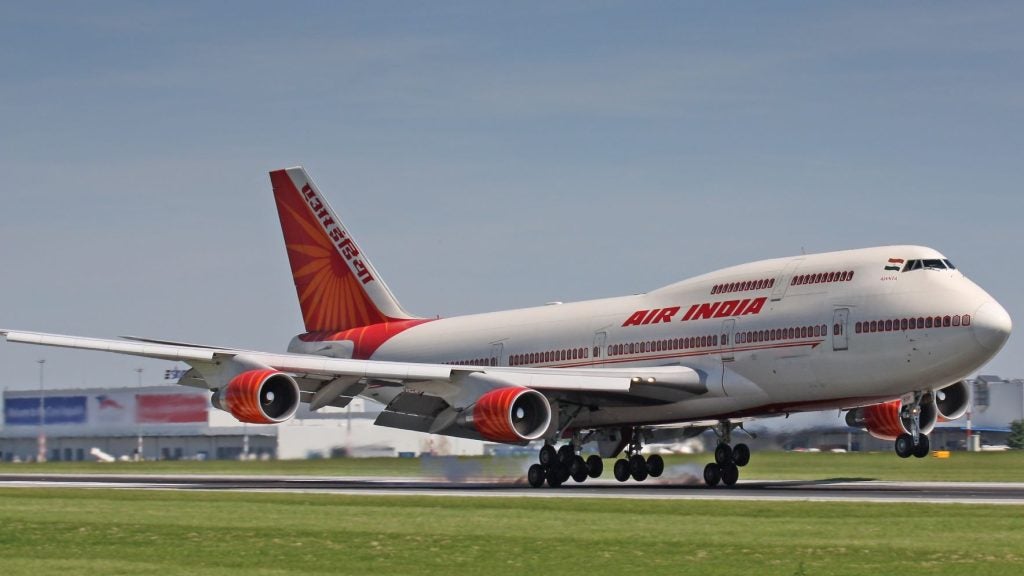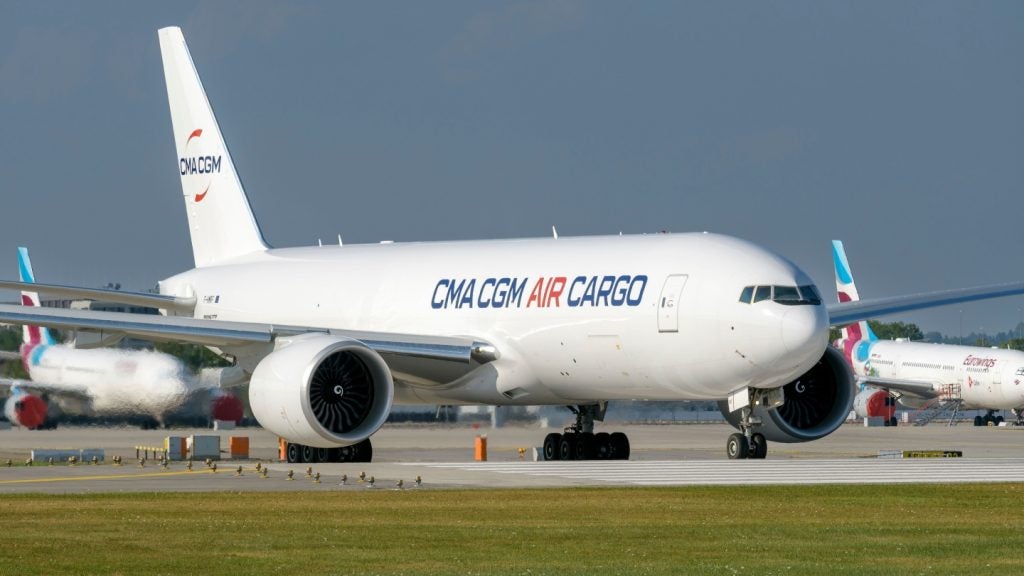Meeting increasing passenger demand is fundamentally about runway capacity: making the best of the potential capacity in existing runways and investing in new runways to deliver significant capacity increases.
While a lot can be done to make the best of capacity by making operational improvements generally, we are talking about significant capital investment.
For a private company such as BAA to commit the significant funds that are needed for infrastructure investment, it needs to feel confident that the political and regulatory risks are acceptable.
In the UK, the UK Government’s Air Transport White Paper has established a 30-year policy framework that has given BAA the confidence to plan for a second runway at Stansted and to work with the Government towards, potentially, building a third runway at Heathrow.
However, within this framework, BAA has had to make an assessment as to whether or not the commitments it makes will be respected by future regulators and governments.
See Also:
This is an important judgement call, and BAA will only make it when it thinks governments are serious about attracting and retaining foreign investment, and that future governments will respect these investments.
How well do you really know your competitors?
Access the most comprehensive Company Profiles on the market, powered by GlobalData. Save hours of research. Gain competitive edge.

Thank you!
Your download email will arrive shortly
Not ready to buy yet? Download a free sample
We are confident about the unique quality of our Company Profiles. However, we want you to make the most beneficial decision for your business, so we offer a free sample that you can download by submitting the below form
By GlobalDataDEVELOPING RUNWAY CAPACITY
Meeting additional demand means increasing runway capacity. That may sound obvious, but this fact is sometimes lost, and we focus our talk about delivering growth on the related issues of surface access, the planning system and, inevitably, how we pay for it. Unless we tackle the central question of runway capacity, there is little point in discussing related issues.
I am going to talk about developing runway capacity in three ways: improving operations, developing new infrastructure around our existing runways and building new runways.
Many of the steps that could be taken under these headings carry
social or environmental costs, which the industry has a duty to work towards mitigating. They also have clear economic benefits.
It is incumbent upon the industry to look at each capacity-enhancing measure with the fullest possible understanding of both costs and benefits. If, having done so, the decision is made to proceed with delivering capacity, then we also have a responsibility to see that decision through.
OPERATIONAL EFFICIENCY
The steps that have the lowest impact but deliver the least benefit are those that improve the operational efficiency at BAA’s four existing London runways. They are, of course, still very worthwhile.
Air traffic controllers have an important role in delivering these efficiencies through effective airspace planning. However, I believe that the core of long-term business for BAA will be in developing the South East’s runways.
Closely linked to airspace planning is the need to maximise slot efficiency. That is happening, but at Heathrow the runways are already operating at near maximum slot usage.
LOAD FACTORS AND LARGE AIRCRAFT
The next step in matching capacity to passenger demand is blindingly obvious: making sure that planes are fuller – increasing the load factors.
From an airport point of view, full aircraft make fuller use of runway slots. It is a quick way to squeeze more operational efficiency out of a scarce slot resource.
Recently, there has been a gradual, incremental shift within airline fleets towards bigger aircraft, such as from A320 to A340, helping to edge up aircraft loads by 20 or 30 seats at a time.
OPEN SKIES
The tentative agreement reached recently in Washington on the liberalisation of transatlantic services will deliver greater market access between the EU and USA, and the big prize is, of course, the liberalisation of rights to fly between Heathrow and the USA.
BAA wants to work with any airline that wishes to operate additional US services out of Heathrow, but it is important to point out that the scope to accommodate such new services at present is limited. There are few spare slots at any time of day.
NIGHT FLIGHTS
With some other capacity-increasing measures, the benefits are larger, but so are the impacts, and the issues become a lot more difficult and controversial.
Take night flights. The limit to the hours of operation of BAA’s London airports effectively cuts the capacity of these airports for a third of every 24-hour period.
I’m not advocating a relaxation of night restrictions. However, this is an issue that has to be considered and debated if we are to make the best use of runways. Such judgements need to be made by the UK Government.
MIXED-MODE OPERATION
Another operational capacity issue, which applies only to Heathrow, is how BAA currently uses its two runways in segregated mode, with one used for arrivals and one for departures, alternating at 3pm every day. This gives local communities predictable relief from noise for half the day, but it constrains aircraft movements.
The question of moving to mixed-mode operations is soon to be the subject of a government consultation. There is no doubt that this would be a tremendous benefit for the economy, increasing the range and frequency of services from the airport, while maintaining the international competitiveness of Heathrow, airlines in general and the UK, and helping reduce delays and costs for airlines and passengers.
However, mixed mode will have a significant impact on those communities living under arrival and departure flight paths.
INFRASTRUCTURE DEVELOPMENT
Sometimes new physical infrastructure, such as terminal buildings and car parks, is required to ensure that there is enough capacity in airport facilities. BAA’s investment over recent decades, and much of the investment it will be making in future, has been about providing infrastructure to match the potential capacity of its runways.
At Heathrow, Terminal 5 will provide capacity for 30 million passengers, while the Heathrow East project will bring a Terminal 5-level of quality to the central terminal area and provide capacity for 30 million passengers.
At Gatwick, BAA already has support for capacity growth from 32.5 million passengers to around 40 million. At Stansted, BAA has a range of permissions for much of the physical infrastructure that will allow the airport to grow.
NEW RUNWAYS
Airports can move beyond making use of latent runway capacity into developing new runways. This brings the biggest benefits in terms of increased aircraft movements and the number of passengers carried. It also has the greatest impact.
BAA works hard to meet its responsibility to deal with this impact. But it is also mindful that maximising capacity is not a lasting solution. Two new runways in the South East are needed to meet the long-term growth in demand.
The UK Government has stated that the first of these will be a second runway at Stansted – Generation 2. It is a huge project that could cost up to £4bn. BAA will submit its formal planning application in 2007.
Our hope is that the reformed planning process will deliver a decision within a couple of years. If that happens, and all else goes to plan, we believe that the new runway can open in 2013.
Alongside the preparatory work on Stansted Generation 2 goes the exploratory work on a third, short runway at Heathrow, which could lift capacity by 25 million passengers or more.
There is much to be done before BAA will know if this runway and its associated infrastructure are deliverable. The government is leading a series of studies, called the project for the sustainable development of Heathrow, into three main environmental issues: air quality, noise and surface access.
ENVIRONMENTAL ISSUES
In a nutshell, the government must be convinced that the air quality in the area around Heathrow with a third runway will meet the air quality limits that the EU is introducing.
This is a real difficulty for Heathrow, especially since most of the air pollution problem in the area is actually caused by commuter and other traffic moving around the M25 and in and out of London on the M4; only a small proportion of this traffic is bound for the airport.
The government must also be certain that the total area around Heathrow exposed to noise of 57dB or above does not exceed 127km². And it must be sure that the road and rail systems can support an airport handling just shy of 120 million passengers a year.
Only if there is a tick in the box for each of these three issues will the government give BAA the go-ahead to start planning for the third runway development.
Project Heathrow, as BAA calls the exploratory process, aims to complete its studies and come up with answers soon, possibly by the end of 2006. BAA is playing a full and active part in these studies, along with the UK’s Department for Transport, airlines, local authorities, academics, consultants, transport providers and others.
SUSTAINING UK COMPETITIVENESS
Ultimately, meeting increased demand for air travel depends on being able to develop runway capacity. Which ways of doing this are selected will ultimately depend on where the balance is struck between the negative effects of development and the benefits.
I cannot say for sure which measures will be adopted and which won’t, but I believe that, in many cases, the benefits are so important to the prosperity of the UK that that they will eventually happen.
There is no doubt, for example, that we will be hindering the competitiveness of the UK if the number of runways in the South East is not increased over the next few years. It is also clear that the UK needs infrastructure growth to drive other areas of the UK economy. Terminal 5, for example, has trained more construction workers on its own than the rest of the UK put together.
To use a phrase beloved of this government, the choices are tough. But the advantages are real, obvious and crucial to the UK, and as long as it can invest against a background of reasonable certainty, you can be sure that BAA will be ready to play its part in delivering them.







